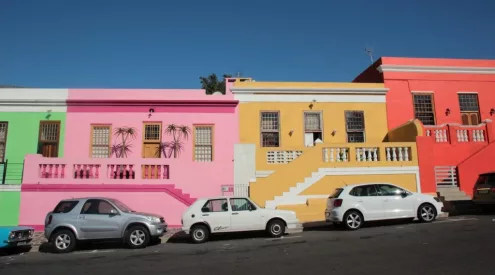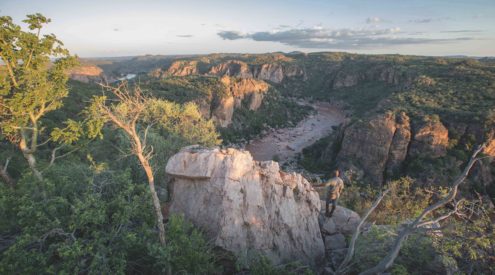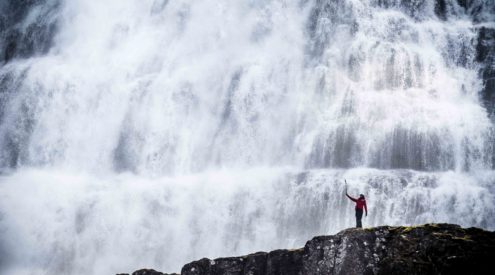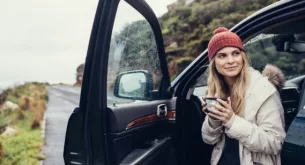For many of us, travel is a passion, a defining activity. We can’t get enough of it. But are there too many of us? And are we damaging the places we love?
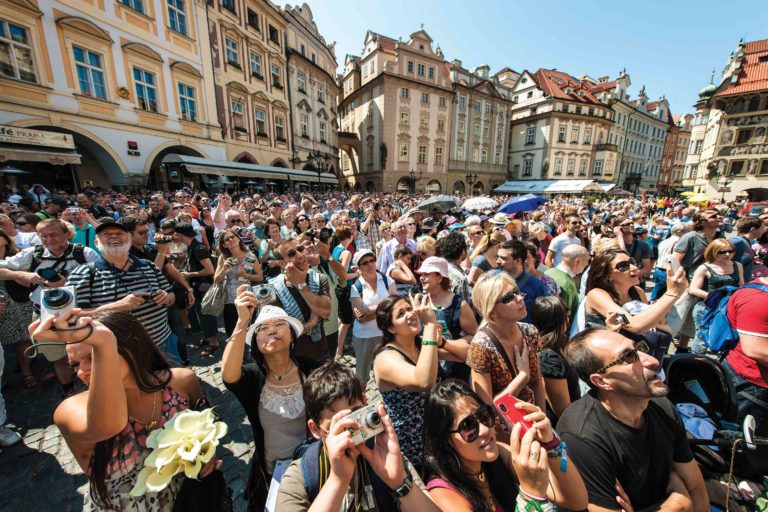
Image: Getty/Gallo Images
While this month’s new-look Getaway focuses on the future of travel, we also need to be mindful of the consequences of overtourism. The UN’s World Tourism Organisation records that there were 1,4 billion international tourist arrivals around the world last year, a figure that is expected to grow by 6% annually.
This escalation is due to a host of factors. The rapid growth of an affluent middle class (particularly in China), bucket-shop airlines, the booming cruise-liner industry and the popularity of ‘Instaworthy’ sites has resulted in certain destinations being overrun. In addition, Airbnb and similar online-accommodation portals have meant increased travel due to lower prices.
Mass tourism has led to environmental damage, unsightly development, traffic congestion, overcrowding and the pricing-out of locals. A city such as Venice (population 271,000) is inundated by 20-million visitors a year. Barcelona (population 1,6 million) receives 30 million. What’s to be done?
Some popular destinations have already put up defences; in others there’s been a backlash. For instance, Barcelona saw marches in the streets and graffiti saying ‘Tourist go home’. Local authorities have responded by trying to control the numbers, increasing fees, limiting permits for tourist-focused businesses in city centres and even closing entire areas or islands to visitors.
Venice has introduced a levy on day trippers, banned cruise ships from its centre and installed turnstiles to limit the flow of visitors. The Dutch tourist board is trying to switch travellers’ attention to less-frequented cities. Antarctica, the Galápagos and the Inca Trail to Machu Picchu have set limits on numbers.
In Africa, there have been some successes. For instance, very few permits are issued each day for gorilla trekking and these usually cost more than $500. Far from driving tourists away, trekking is seen as an exclusive, once-in-a-lifetime experience. The forests remain pristine and gorilla numbers, which were once threatened, have increased.
But it’s also up to us travellers to mitigate any negative impact we might have on destinations. We must be sensitive to local rules, customs and values. We need to stay local, eat local, think local. We should plan our holidays out of peak season, go in smaller groups, use local guides and venture off the well-beaten tourist track. And we should travel in a manner that has as little impact on the environment as possible (walk instead of drive, hire a bike instead of a car, carbon-offset our long-haul flights).
This way of travelling is more pleasant for you and for the locals, puts less pressure on infrastructure and resources (electricity, water, roads) and will probably save you money. It also promises a more authentic experience, giving you a greater connection with the inhabitants.
South Africa gets more than 10-million foreign visitors a year, and even more locals travel within our borders. Although we have been spared severe overtourism, some destinations are put under pressure. In peak season, Durban and Cape Town see vast influxes and sites such as Table Mountain and Robben Island are swamped.
There’s much to be learnt from other African countries. Following the example of gorilla trekking and neighbours such as Botswana and Seychelles, ‘value over volume’ is a good option (combined with local rates to avoid elitism). Another solution is to adjust pricing to balance supply and demand. In short, overtourism is easier to prevent than to recover from, and good planning is vital.
It must also be remembered, however, that about one in 10 working South Africans is employed in tourism. It’s one of the few thriving industries that our kleptocratic government can’t as easily corrupt or destroy. Tourism is a golden goose, perhaps one of our last geese. It’s still on balance a force for good, benefiting locals, habitats and wildlife. It provides jobs, cross-cultural engagement, investment and a greater understanding of others and the world. It just needs to be managed carefully.
Enjoy our forward-looking October issue … see you in Venice, permit permitting!








